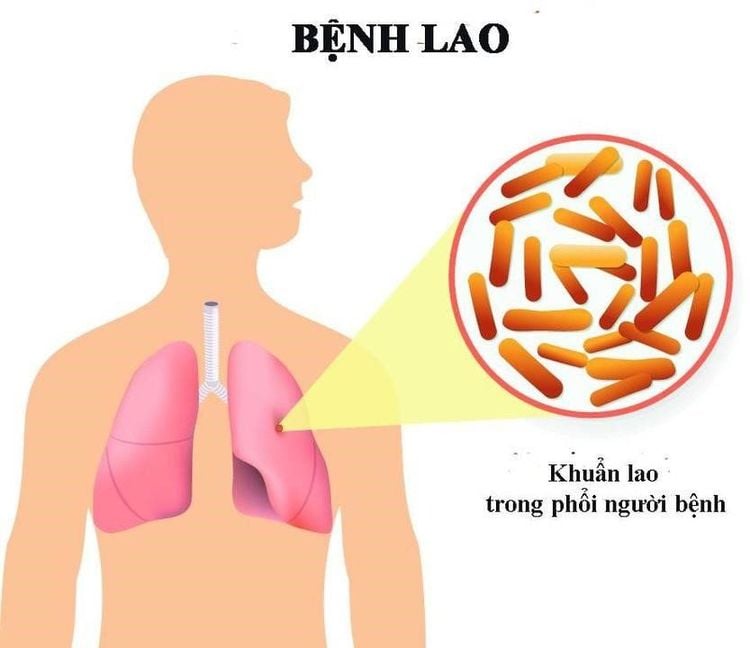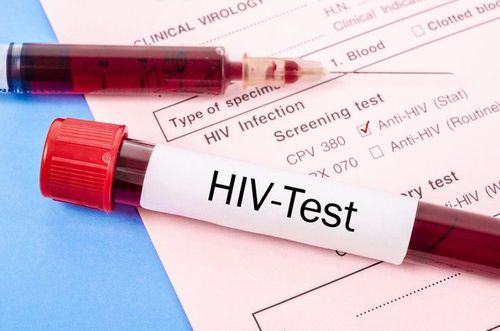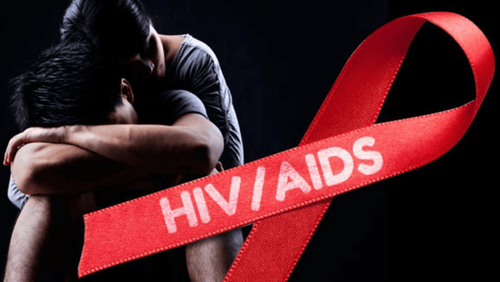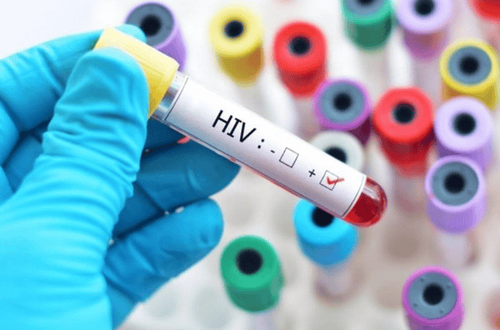This is an automatically translated article.
HIV testing is the basis for early diagnosis and treatment for people living with HIV. In particular, HIV diagnosis in children over 18 months will help optimize the treatment and prevention effectiveness of the treatment program. Likewise, the diagnosis of HIV in adults also helps to bring about high efficiency in treatment.
The HIV diagnostic process in adults and children over 18 months of age begins with HIV screening tests, diagnostic tests for HIV infection, and clinical signs for diagnosis.
1. Diagnosis of HIV in adults and children over 18 months of age
1.1 Screening HIV test If the screening test result is negative: the patient will be consulted and answered with the results immediately, and also provided information about the window period. In the case of high-risk groups, they will be counseled on HIV prevention measures, and scheduled for HIV re-testing after 6 months; If the screening test result is positive: the patient continues to have a confirmatory test to diagnose HIV infection. 1.2 Tests to diagnose HIV infection Patients with a positive HIV screening test will be subjected to further testing to confirm their HIV status. Only confirmed laboratories licensed by the Ministry of Health can do HIV testing.
2. Diagnosis of HIV in adults and children over 18 months of age is based on clinical presentation

Ở giai đoạn lâm sàng 3, bệnh nhân HIV có thể bị lao phổi
2.1 Clinical manifestations of HIV in adults and adolescents Clinical stage 1: Asymptomatic; Persistent systemic lymphadenopathy. Clinical stage 2: Unexplained weight loss (<10% of body weight); Recurrent respiratory tract infections (sinusitis, tonsillitis, otitis media, pharyngitis); Diagnosis of HIV in adults and adolescents is based on the presence of canker sores, recurrent mouth ulcers, or shingles; Itchy papule rash, nail fungus, seborrheic dermatitis. Clinical stage 3: Unexplained weight loss (>10% of body weight); Chronic diarrhea persists (more than 1 month) of unknown cause; Persistent fever (continuous or intermittent for more than 1 month) of unknown cause. Diagnosis of HIV in adults and adolescents is based on persistent oral candidiasis, stomatitis, acute necrotizing gingivitis or periodontitis, oral hairy leukoplakia; Pulmonary tuberculosis ; Severe infections (eg, empyema, pyelonephritis, bone and joint infections, or meningitis, sepsis); Anemia (<8 g/dl), neutropenia (<0.5 x 109/l) or chronic thrombocytopenia (<50 x 109/l) of unknown cause. Clinical stage 4: HIV wasting syndrome; Diagnosis of HIV in adults and adolescents is based on presentation of Pneumocystis jiroveci (PCP) or recurrent bacterial pneumonia; Chronic herpes simplex infection (in areas such as the lips, genitals, or anus or rectum for more than 1 month), or visceral herpes regardless of location; Esophageal candidiasis (or tracheal, bronchial, or lung candidiasis); Extrapulmonary TB; Kaposi sarcoma; Diagnosis of HIV in adults and adolescents is based on evidence of retinitis or other visceral cytomegalovirus infection caused by cytomegalovirus infection; Toxoplasma in the CNS (after the neonatal period); HIV encephalopathy; Extrapulmonary cryptococcal infections, including meningitis; Mycobacterial infections other than disseminated tuberculosis; Has progressive multifocal leukoencephalopathy; Chronic cryptosporidium infection; Chronic Isospora infection; Diagnosis of HIV in adults and adolescents is based on presentation of disseminated fungal infection (extrapulmonary histoplasma, coccidioidomycosis, penicilliosis); Lymphoma (brain or B-cell non-Hodgkin lymphoma); HIV-related kidney disease or cardiomyopathy; Spontaneous bacteremia (including non-typhoidal Salmonella); Invasive cervical cancer; Atypical diffuse leishmaniasis.

Chẩn đoán HIV ở trẻ em trên 18 tháng dựa trên biểu hiện bị lao ngoài phổi
2.2 Clinical manifestations of HIV in children over 18 months Clinical stage 1: Asymptomatic; Persistent systemic lymphadenopathy. Clinical stage 2: Unexplained persistent hepatosplenomegaly; Chronic or recurrent upper respiratory tract infections (otitis media, ear discharge, sinusitis, tonsillitis); Shingles, a widespread viral infection of warts; Diagnosis of HIV in children over 18 months is based on the manifestation of gingival erythema, recurrent mouth ulcers; itchy papule rash, nail fungus; Widespread molluscum contagiosum, diffuse mottled dermatitis; Persistent swelling of the parotid gland with no known cause. Clinical stage 3: Undernutrition of unknown cause, not responding appropriately to standard treatment; Persistent diarrhea (for 14 days or more) of unknown cause; Diagnosis of HIV in children over 18 months is based on a fever (above 37.5°C, continuous or intermittent) lasting for more than 1 month with no known cause; Persistent oral candidiasis (after the first 6 weeks); Oral hairy leukoplakia; Lymph node tuberculosis, pulmonary tuberculosis, recurrent severe pneumonia caused by bacteria; Acute necrotizing ulcerative gingivitis or periodontitis; Diagnosis of HIV in children older than 18 months is based on anemia (<8 g/dl), neutropenia (<0.5 x 109/l) or chronic thrombocytopenia (<50 x 109/l) ) for unknown reasons; Symptomatic lymphoid interstitial pneumonia; HIV-associated chronic lung disease, including bronchiectasis. Clinical stage 4: Unexplained severe emaciation, stunting or malnutrition and inadequate response to standard standard therapy; Pneumocystis jiroveci pneumonia (PCP); Diagnosis of HIV in children older than 18 months is based on presentation of recurrent severe infections (eg, empyema, pyelonephritis, bone and joint infections, or meningitis but exclude pneumonia); Chronic herpes infection (chronic herpes simplex infection of the lips, lips or skin or any other organ) lasting more than 1 month; esophageal candidiasis (or tracheal, bronchial, or lung candidiasis); Diagnosis of HIV in children over 18 months is based on extrapulmonary TB; Kaposi sarcoma; Cytomegalovirus infection (retinitis or visceral cytomegalovirus infection with onset after 1 month of age); Toxoplasma in the CNS (after the neonatal period); HIV encephalopathy; Diagnosis of HIV in children over 18 months is based on evidence of extrapulmonary cryptococcal infection, including meningitis; Mycobacterial infections other than disseminated tuberculosis; Has progressive multifocal leukoencephalopathy; Chronic cryptosporidium infection (with diarrhea); Chronic Isosporiasis; Disseminated fungal infections (extrapulmonary histoplasmosis, coccidioidomycosis, penicilliosis); Lymphoma (non-Hodgkin's brain or B-cell); HIV-related kidney disease or cardiomyopathy. After the HIV screening test, depending on whether the result is positive or negative, the patient continues to be tested and based on clinical manifestations through stages to diagnose HIV in adults and children over 18 month old.
Please dial HOTLINE for more information or register for an appointment HERE. Download MyVinmec app to make appointments faster and to manage your bookings easily.
Reference source: Guidance document of the Ministry of Health












